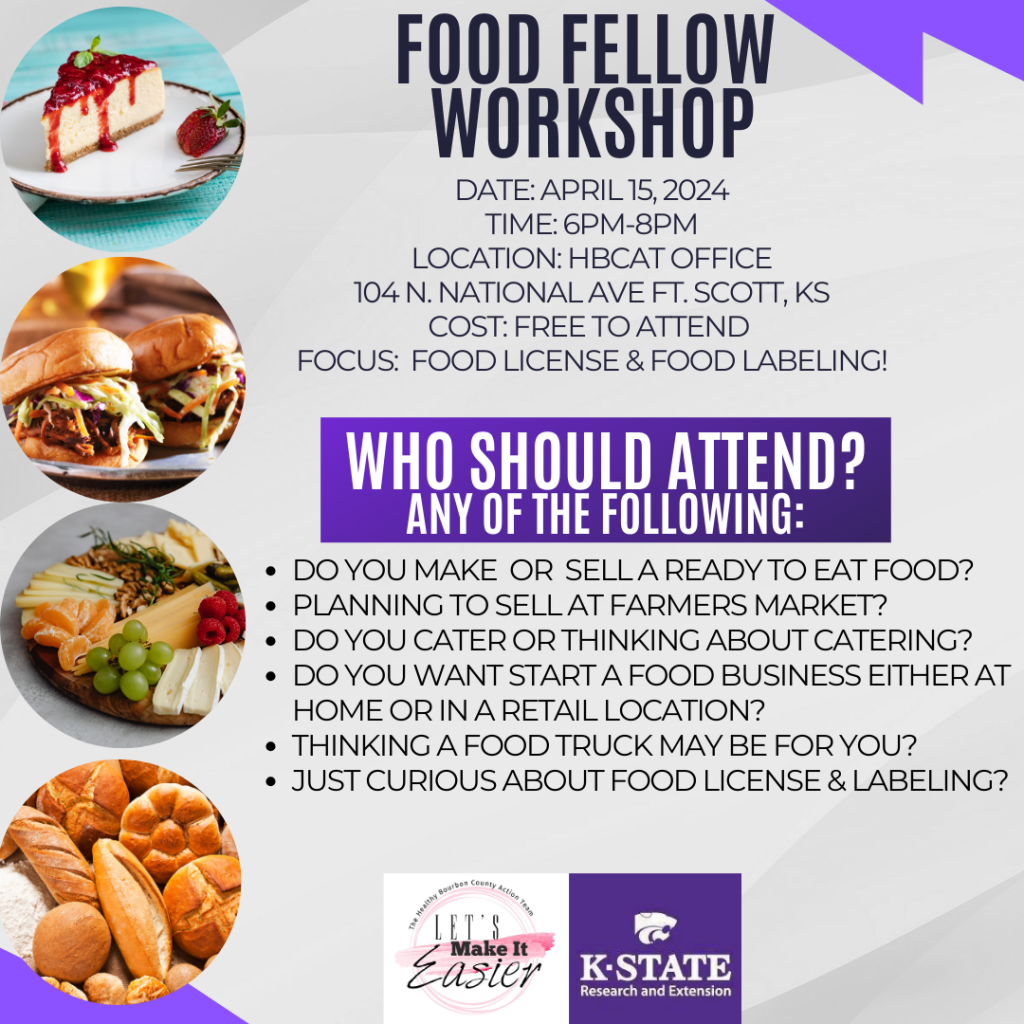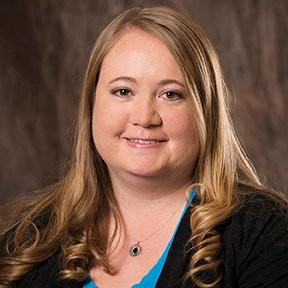Amanda Clasen- Community Vitality Agent
May 2024
If you call a rural community home chances are good you have heard the statement, “Our community will never change.” Maybe you have said it yourself. All communities change over time. The big question is, how will it change? Will community members do nothing and just let change happen, or will they direct change, so the community moves into the future in a way that is preferred?
If the trend in the community is to just let things get old and fall apart, whether it be the pool, playground equipment, basketball courts, community centers, etc., then the community is changing, and probably not in the way most families would find appealing.
On the other hand, maybe a community directs the change. Residents decide to invest in the community, whether it is with new playground equipment, a new pool, a new summer recreation program or events that families can enjoy. These investments take resources – both time and money – but change the community in a way that residents find appealing and inspire pride. Changes don’t have to be physical; a new summer recreation program or family fun events that cost minimal amounts of money can happen using talents and skills of community members.
If you think your community hasn’t changed, or will never change, I challenge you to visit with some of its longer-term residents. Ask them what it was like there when they were growing up. I can guarantee that things have changed. Now, ask yourself, were those changes just things that happened, or did the community work to make them happen?
You certainly don’t have control over everything. You can’t control how much snow comes each winter or if it is going to rain. You can’t change the geography of the land around your community. You can change the way you share ideas about the future of your community with others.
You can change the way you welcome new people to your town. You can change the way you invite young people to see that they have a future in the community. You can take actions to improve the appearance of your community by keeping the community clean, planting flowers, putting appealing displays in story windows, and more. Maybe it’s working together as a community to make the reality of a new pool, or other amenity, a reality.
The sky is the limit. And it’s not easy. Think about what kind of future is your community building to be sure it is a place that keeps people there? And what are you doing to help?
For more information please contact Amanda Clasen, Community Vitality Agent, at [email protected] or at any Southwind Extension office.












